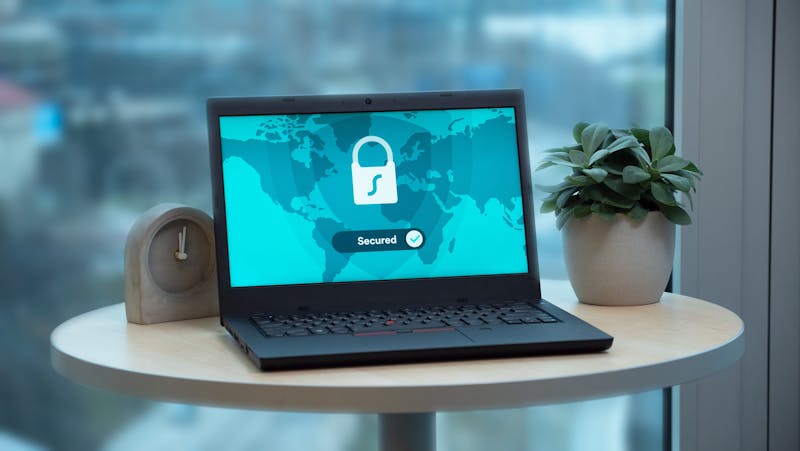The Rise of Zero-Day Exploits: What SMEs Need to Know
When it comes to adapting new technology and tools, small to medium businesses have the advantage. Fewer departments and decision-makers allow SMBs to be agile and at the cutting edge. But being at the forefront does not come without risk.
What Are Zero-Day Exploits?
Hackers stalk the steps of those who would be early adopters with attacks called zero-day exploits. Zero-day exploits are vulnerabilities in systems that developers aren’t aware of or haven’t had the chance to fix yet, hence the name “zero-day”.
These types of incidents have risen significantly in recent years. In 2021, there were a record-breaking 106 zero-day attacks. Last year, a zero-day incident through the MOVEit Transfer product from Progress Software put over 2,000 customers and their systems at risk. The event contributed to the spike in breaches that involved the exploitation of vulnerabilities, which tripled since 2023, according to a report by Verizon.
Zero-days are unique compared to other malware attacks in that damage comes in two waves: From hackers who find the hidden flaw before vendors do, and then from more bad actors who come after the vulnerability is made public.
How Zero-Day Exploits Endanger SMEs
Data breaches are frequently fatal for businesses with no resources to weather them. Zero-day exploits add a new layer of danger for SMBs with a limited capacity to respond to incidents.
Opportunistic criminals will be racing to take advantage as zero-day vulnerabilities are made public. SMBs in the UK are poorly equipped to beat them with a fix; 45 per cent don’t even understand what kind of security they need. Zero-day vulnerabilities further muddy the waters and make it harder for smaller businesses to prepare and respond to these new threats.
Since there’s no precedent to look out for, SMBs–many of whom lack the resources for hawk-eyed, 24/7 vigilance and monitoring–are automatically put at greater risk by zero-day exploits. On average, businesses take 212 days to detect a data breach, well after criminals might have already corrupted systems or made off with sensitive data. The lack of dedicated IT staff means breaches can remain hidden longer, increasing the damage they cause.
Protecting Your Business From Zero-Day Exploits
Zero-day exploits are dangerous because there’s no immediate fix at the time of the attack, forcing surprised businesses on the back foot. However, SMBs can still take several proactive steps to protect themselves from these types of attacks, even with limited resources.
Strengthen and Update Security Measures
Zero-day exploits don’t stop at a breach. Criminals use it as a foot in the door, an avenue to carry out the next step in a cyberattack, such as deploying malware or data theft. Fortunately, while you can’t prevent zero-days, businesses can protect themselves against the known dangers that will follow. Up-to-date antivirus, firewalls, and intrusion detection systems can help mitigate the damage from zero-days.
Automate Updates and Patches
Outdated systems are at a higher risk from the threats brought by zero-day exploits. Being on the latest patches helps minimise the risk from spreading to legacy systems. Automating this process will help businesses with no dedicated IT team stay on top of updates even with limited manpower. Automating the rollout of patches can also help businesses receive the fix for zero-day exploits the moment vendors come out with it.
Improve Employee Awareness and Vigilance
Phishing is increasingly becoming the tool of choice for hackers, and that includes using phishing emails as a way to activate zero-day exploits. The zero-day exploit against Google Chrome in 2022 was perpetuated using phishing emails and spoofed sites that downloaded spyware onto affected devices. Regular training sessions ensure employees are aware of the latest threats as they become more sophisticated.
Monitor Your Traffic and Applications
Businesses may not be able to prevent zero-day exploits, yet they can set up measures that can indicate when they’ve been compromised. Implementing continuous network and application monitoring can help SMBs detect unusual activity that could be an early warning sign for zero-day exploits.
Stay Informed and Updated
Security organisations, independent researchers, and white hat hackers frequently find vulnerabilities sooner than vendors themselves. For instance, Stuxnet, a major zero-day exploit that affected Microsoft Windows operating systems, was discovered by a programmer from Belarus. Joining cybersecurity communities and subscribing to threat intelligence feeds can help you stay abreast of zero-days that may affect the tools and tech you’re using.
Consider Managed Service Providers (MSPs)
SMBs are working with an increasingly complex network of tools and systems. Securing these systems against zero-day exploits require advanced expertise that is typically beyond the capability of your average business owner. With an MSP, businesses can outsource cybersecurity to people who are trained to respond and mitigate zero-day exploits.
As a small or medium business, your agility gives you a competitive edge, but it also makes you a target for cybercriminals. Zero-day exploits are on the rise, and without the right protections, your business could be at serious risk.
Don’t wait for a zero-day exploit to devastate your business. At EvolvIT, we specialise in fortifying small to medium businesses against the latest cybersecurity threats. Reach out to us and you’ll instantly be connected to one of our expert engineers.






